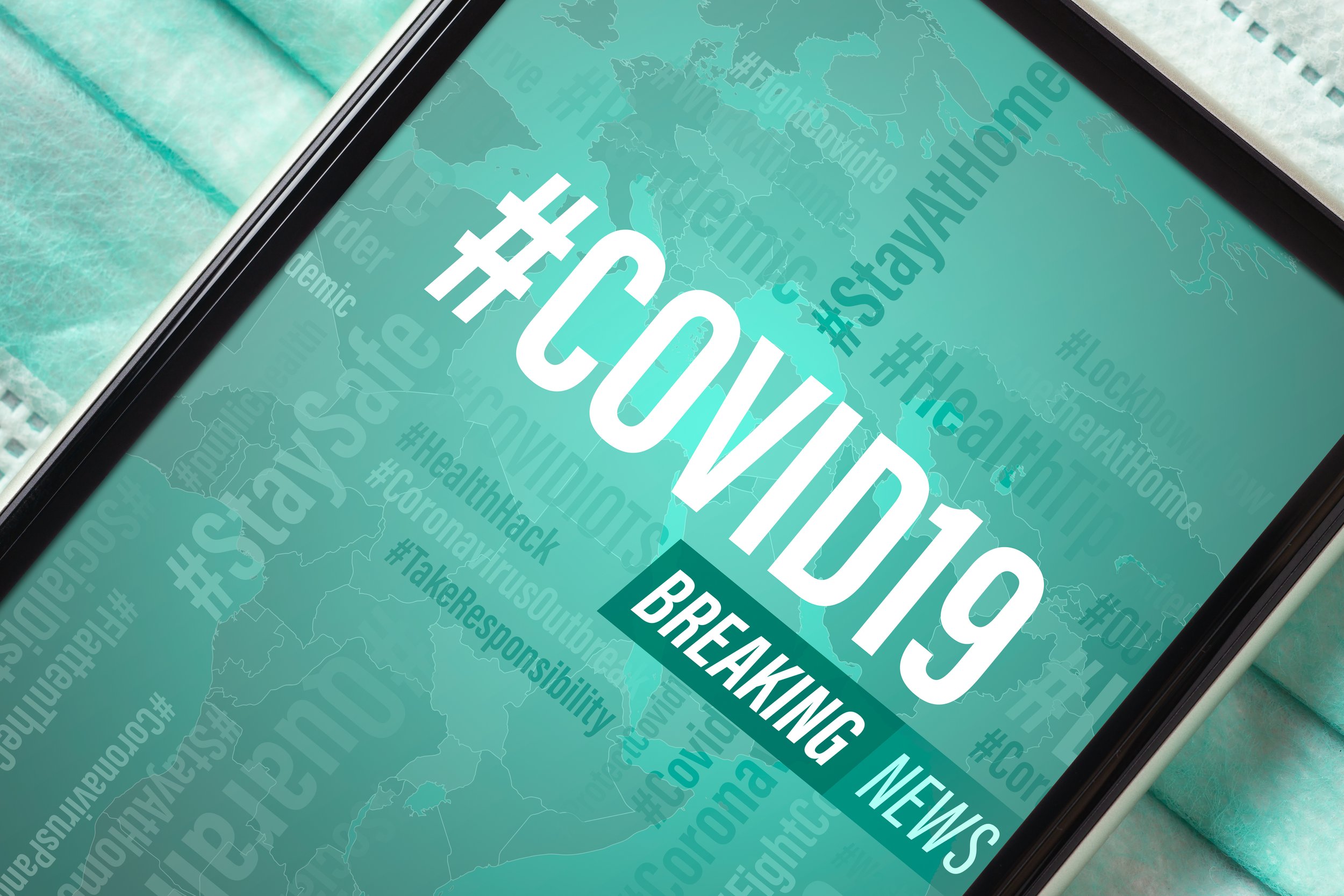How can we improve health literacy in Australia?
By Carissa Bonner and Melody Taba
Up to 60% of Australians have low health literacy, which is associated with poor health outcomes. To improve health literacy, there are many ways we could provide better support for health professionals and the communities they serve.
Health literacy means being able to access, understand, appraise and act on health information. Up to 60% of Australians have low health literacy, which is associated with poor health outcomes. This is because the current health care environment does not meet their needs — leading to less knowledge about health conditions, poor risk factor control, lower adherence to recommended management, greater hospitalisations and higher mortality rates.
To address this, our health care system must change to be responsive to health literacy needs. There are many ways we can provide better health literacy support for health professionals and the communities they serve. In this article, we explore two case studies for different target populations: heart disease prevention in primary care for middle-aged to older adults; and COVID-19 prevention messaging for young people in the community.
No cap, fam: opportunity for health agencies to be funnier on socials
By Anna Macdonald
Health authorities need to tailor their communication towards young people more, according to a study looking at health communications during one of the first waves of COVID-19.
The content analysis looked at social media posts by state and territory health authorities relating to COVID-19 that targeted young people during September 2021.
The research found posts that performed well on social media, judging by engagement, were ones that used humour or memes.
One of the top performing posts, shown below, was from the Tasmanian Department of Health using a Labrador showing how to wear a mask.
The paper’s lead author, Melody Taba, a PhD candidate at the University of Sydney, told The Mandarin humour can be a double-edged sword for health authorities if posts go viral for the wrong reasons.
How health literacy can combat misinformation and improve health for all
Hosted by Dr Gretchen Miller with Carissa Bonner and Melody Taba
During COVID many of us struggled to understand those in charge of giving the latest health advice. Many of us worried about the best course of action to protect our health. How can those communicating health messages make them easier to understand? Can social media or other platforms help engage and reach our diverse communities? In this episode, we talk to Associate Professor Carissa Bonner and PhD candidate Melody Taba from the Sydney Health Literacy Lab.
Can we post our way out of the next pandemic?
By Cam Wilson
The relatively muted response to the World Health Organization’s declaration that the COVID-19 pandemic was over didn’t come as a big surprise to me. Anyone who works in digital media will tell you that most audiences are no longer interested in hearing anything about COVID-19, even as it continues to spread through our communities. (Despite that, I trust you’ll read the rest of this excellent edition of WebCam.)
But it’s not time to consign the pandemic to the memory books just yet. Now, with a bit of space, we can really start to understand the full impact of a once-in-a-hundred-years event and evaluate how we responded.
For example, a global pandemic was a new challenge for our relatively nascent social media information infrastructure. Suddenly, billions of social media users weren’t just using platforms to connect with friends or watch clips of popular movies split with Subway Surfer footage. Not to be dramatic, but getting out public health messages on social media was literally life or death.
So, how did we go? A new piece of research that came out of Sydney University’s Health Literacy Lab has begun to answer this. The paper’s authors looked at how Australian state and territory health departments used Facebook, Instagram and TikTok to reach young Australians during the Delta outbreak in 2021. They evaluated everything from the platform used, whether a social media post included images or video, and even breaking down whether they used so-called “social media techniques” like humour, memes or featuring celebrities and influencers. Using engagement as a rough proxy for interest and reach, they measured what kinds of posts popped off and what flopped.




